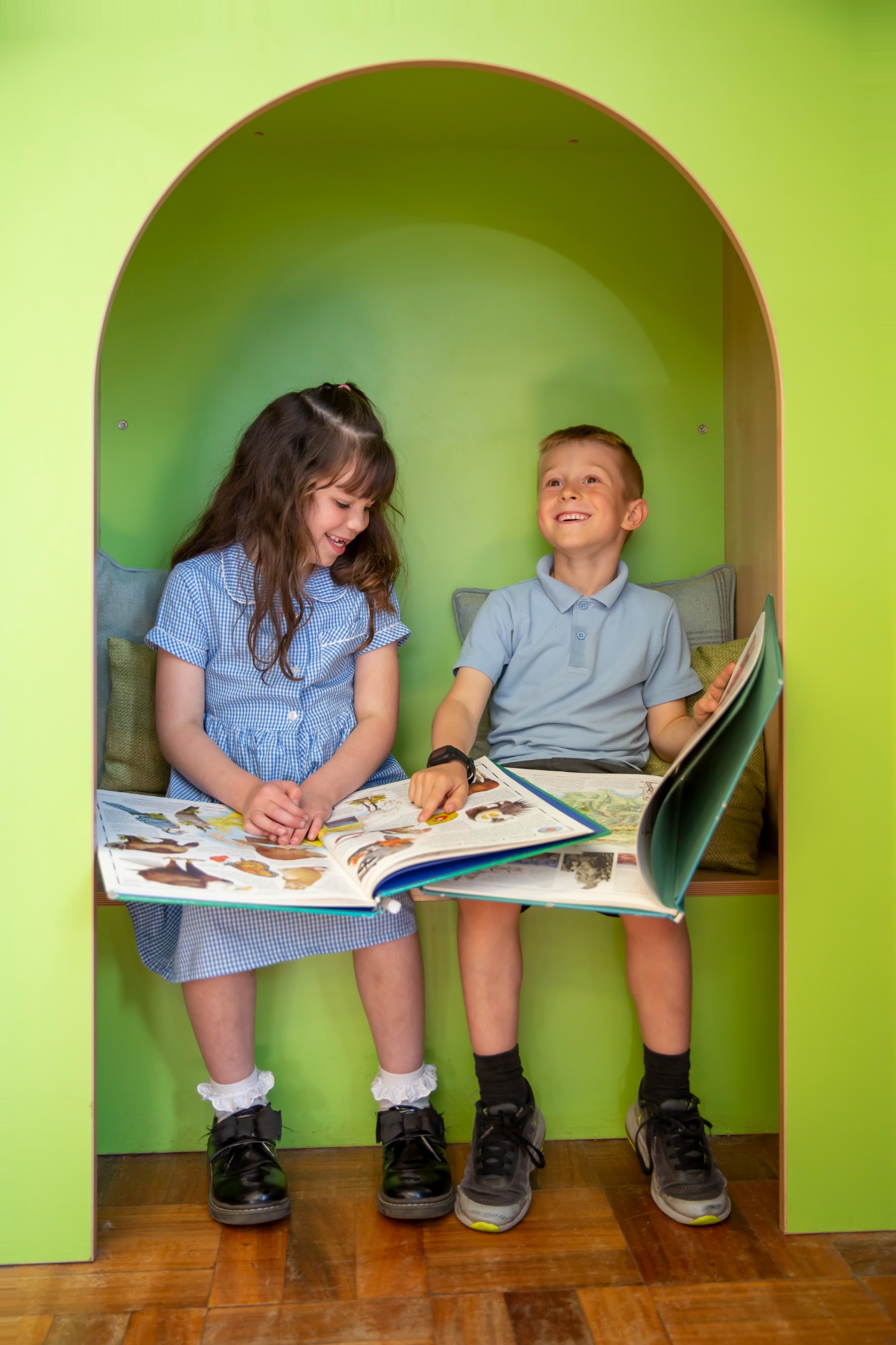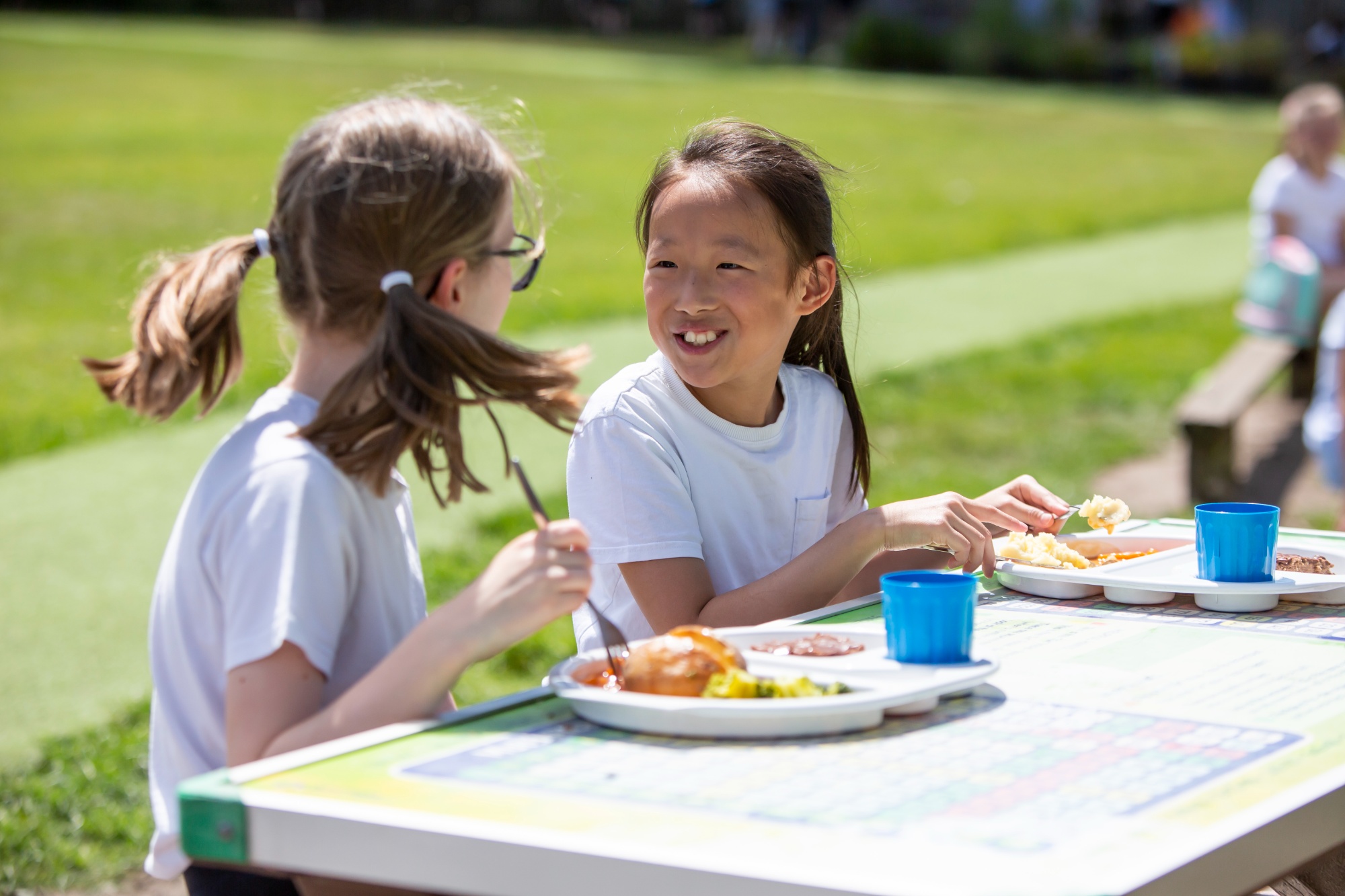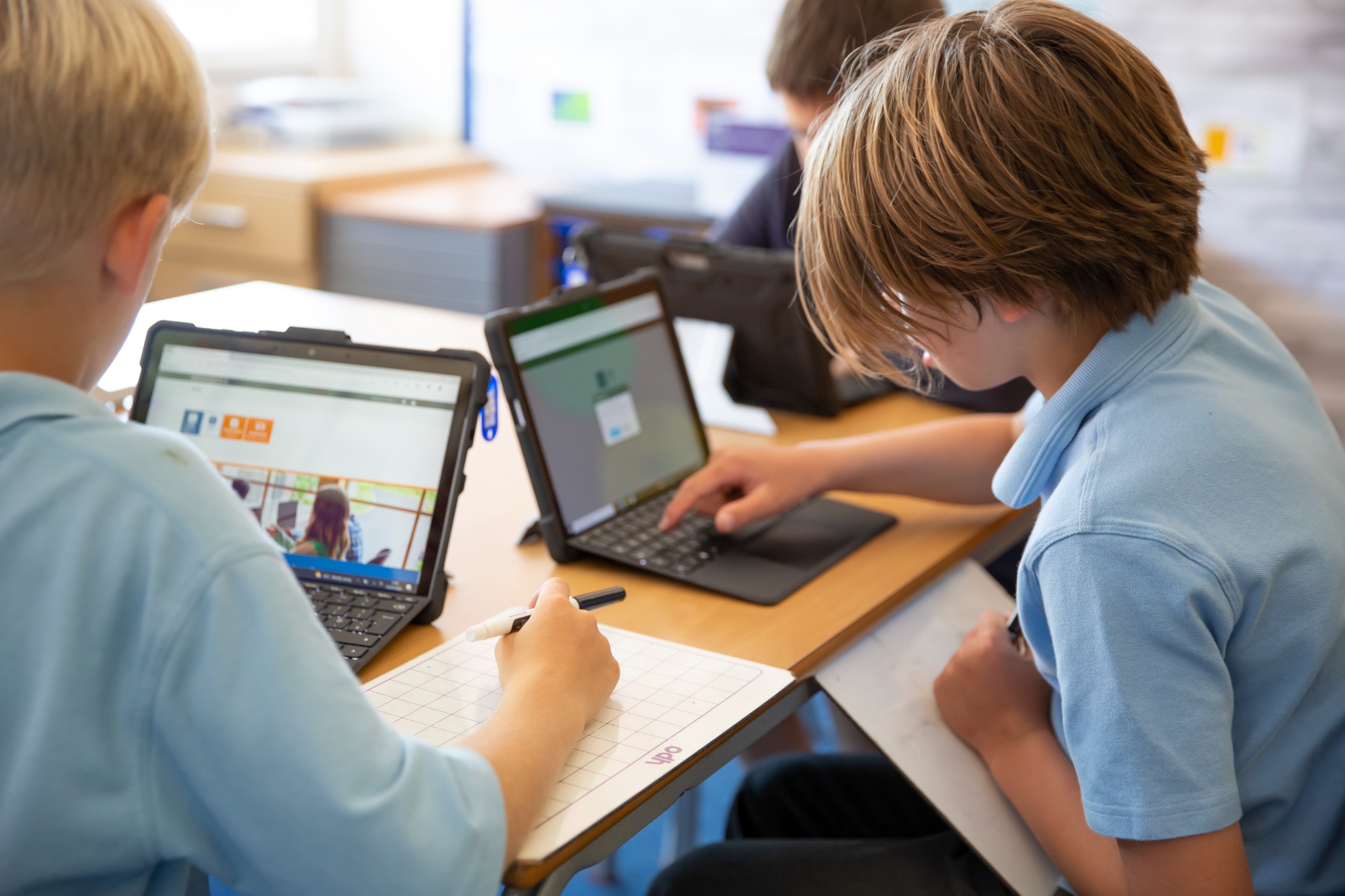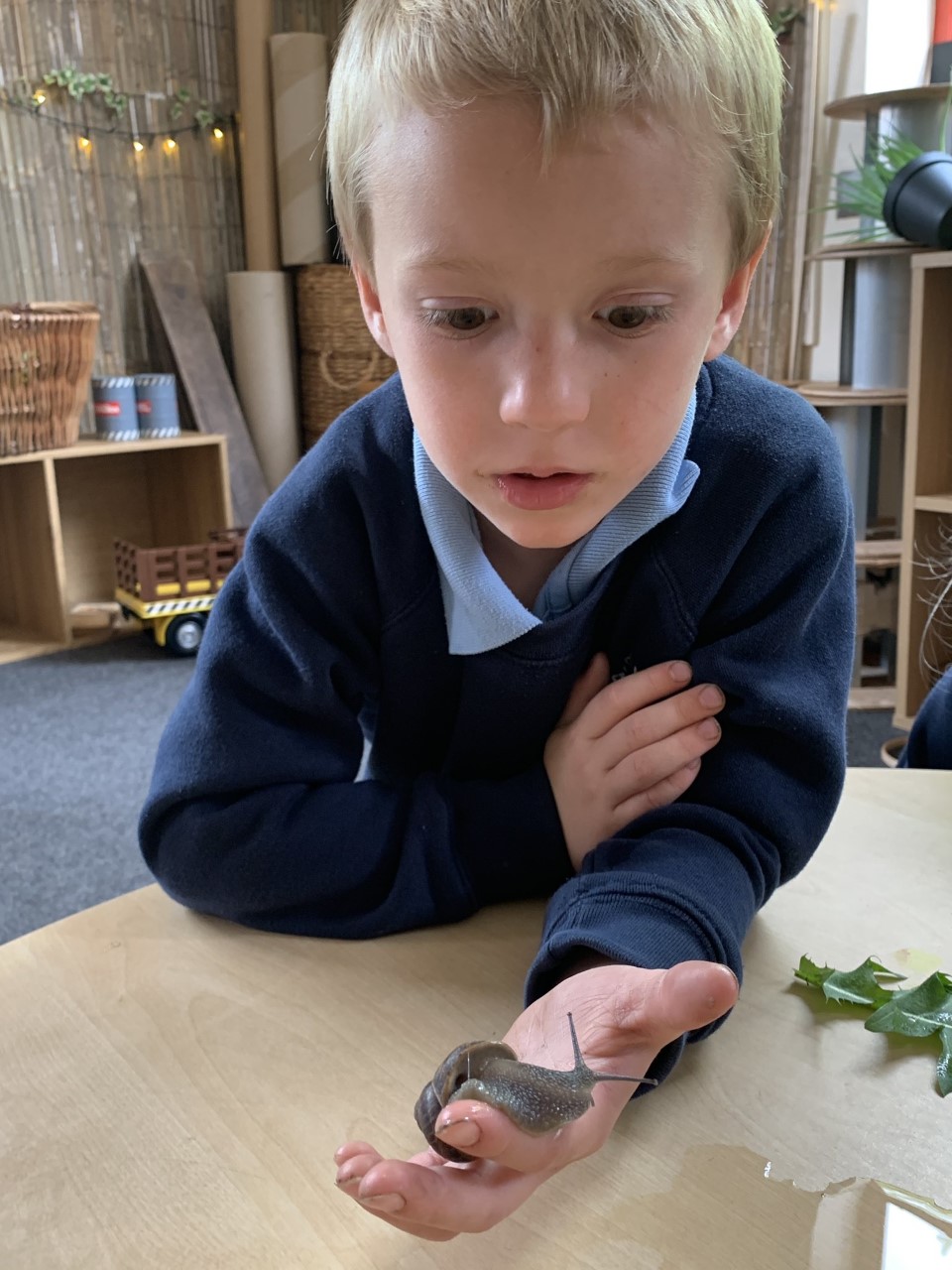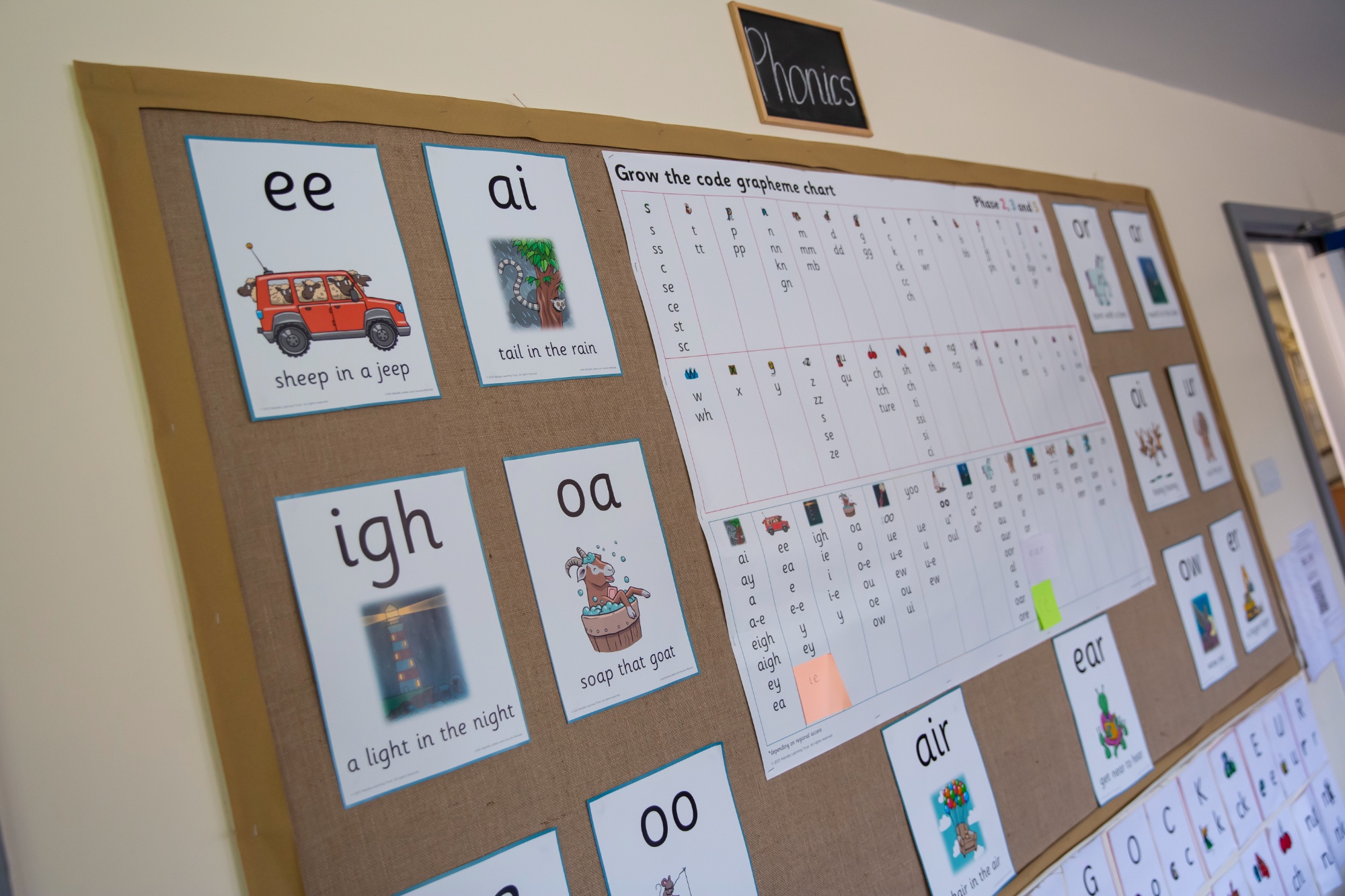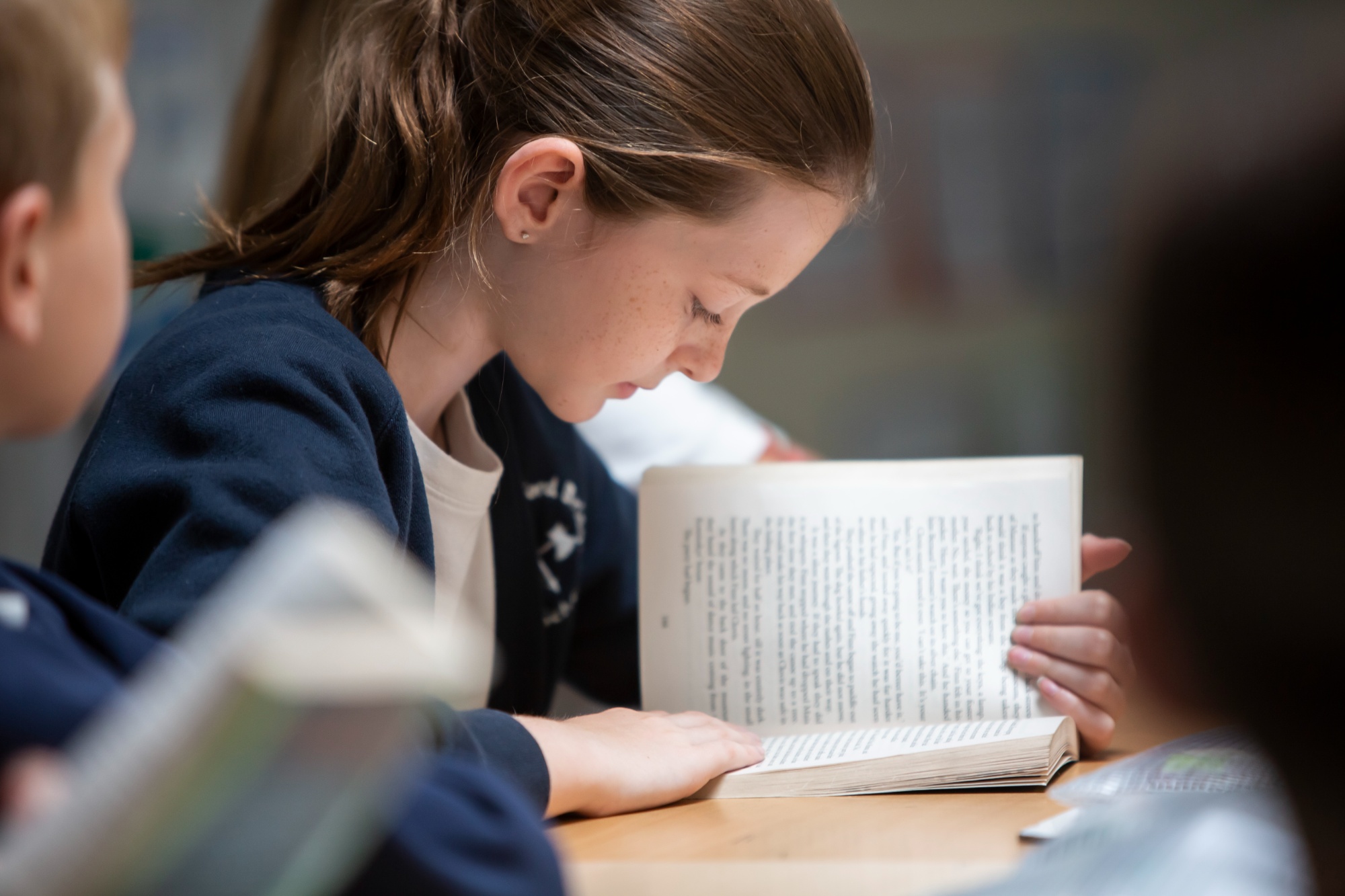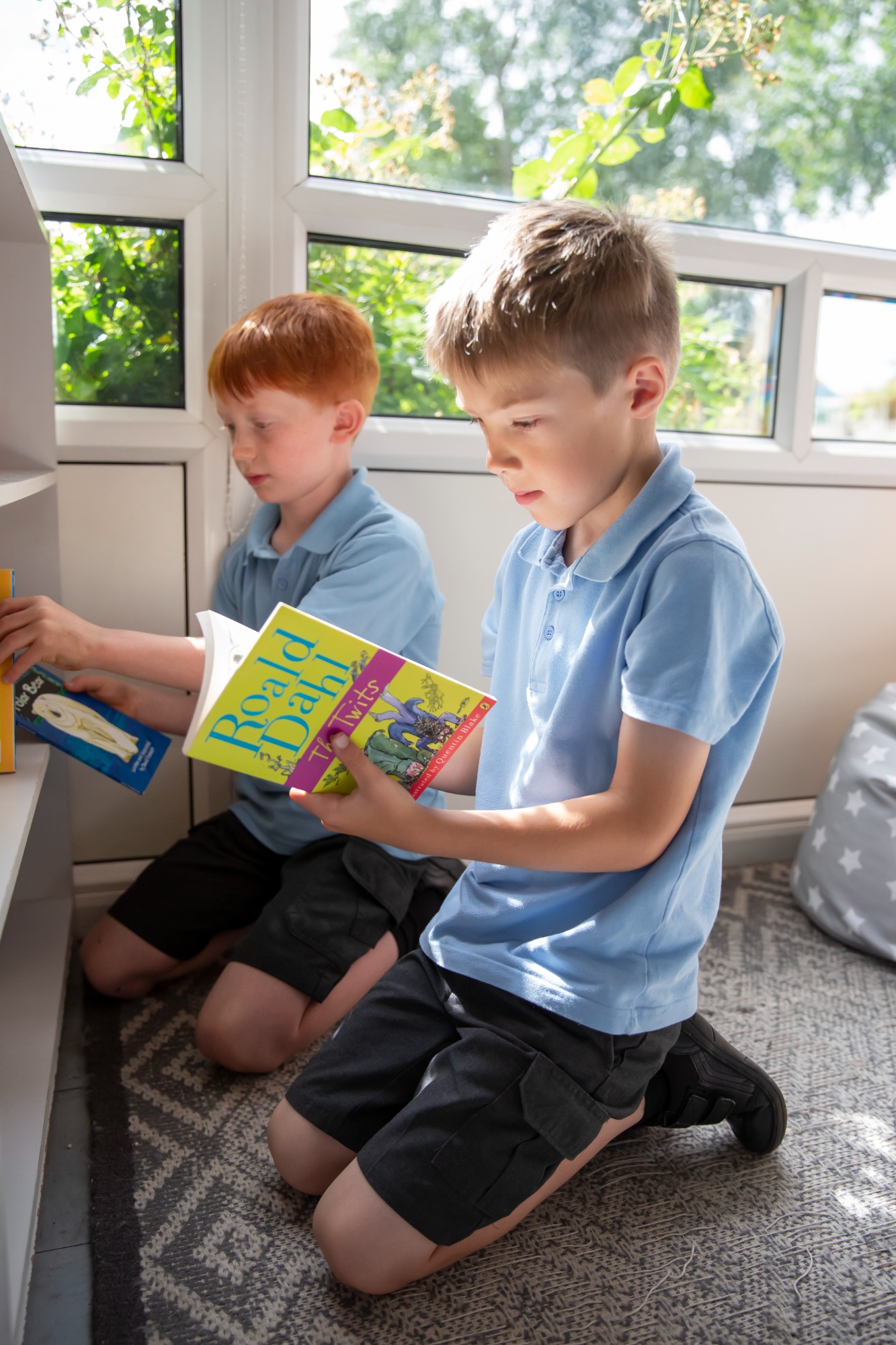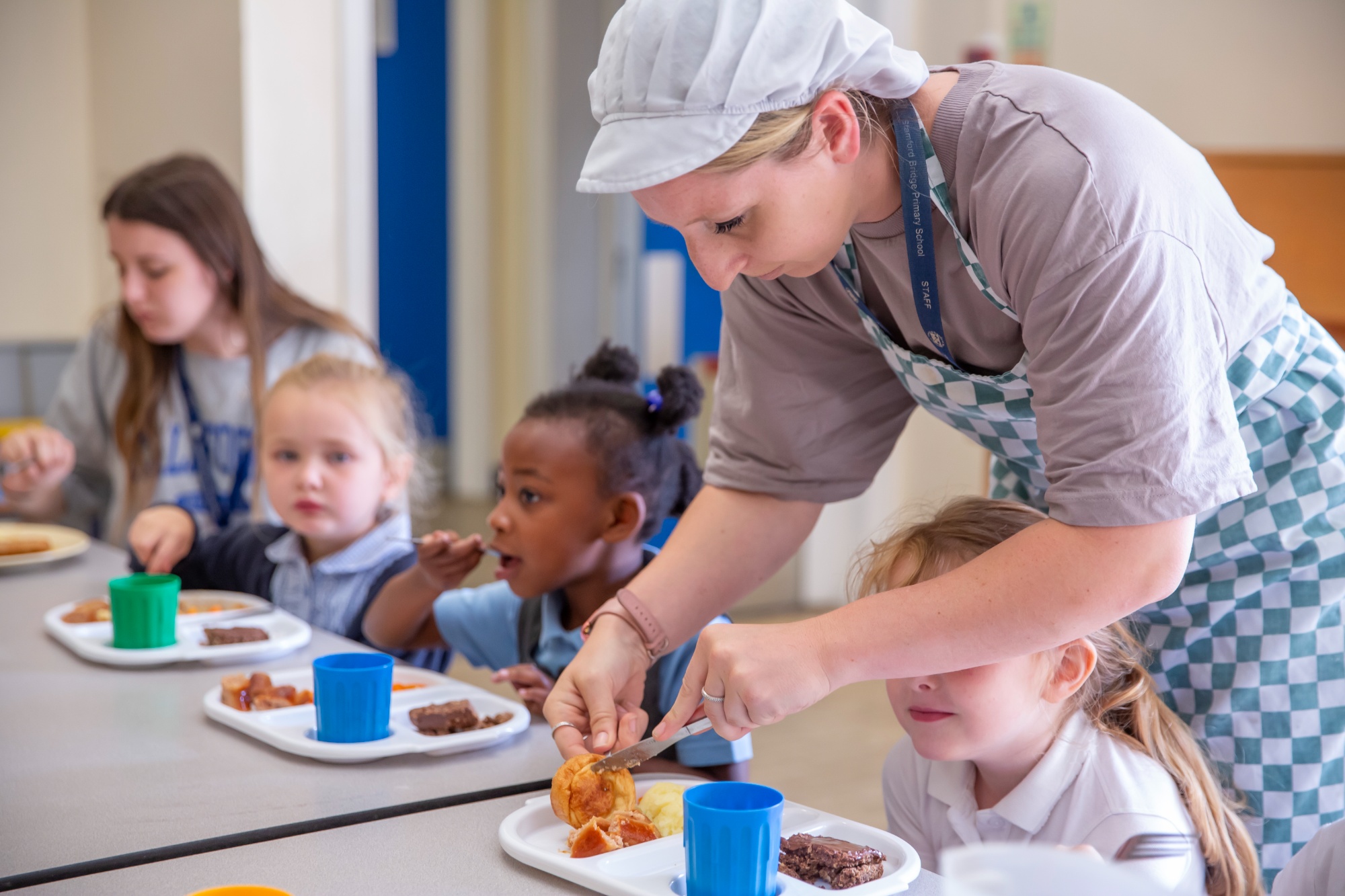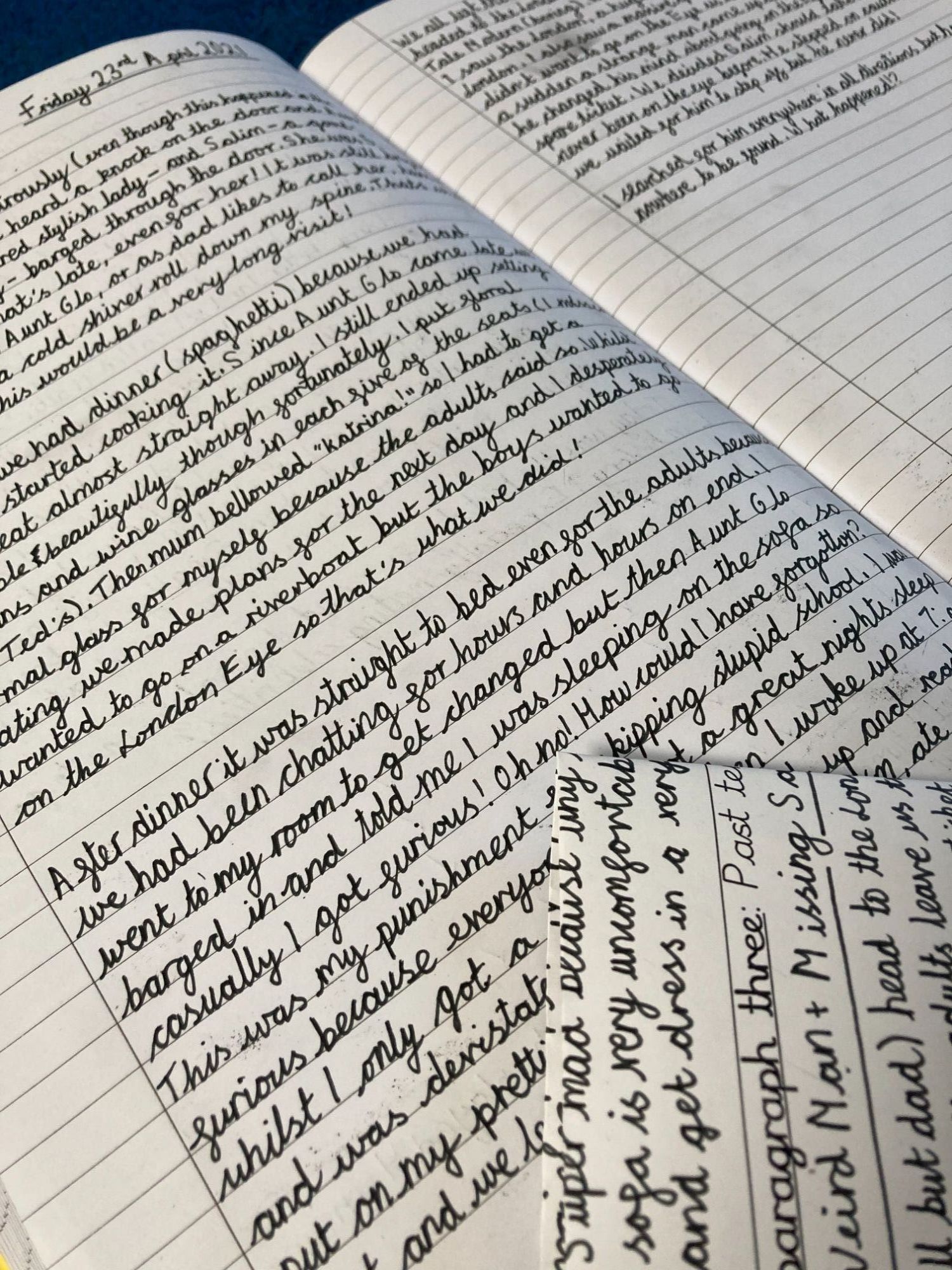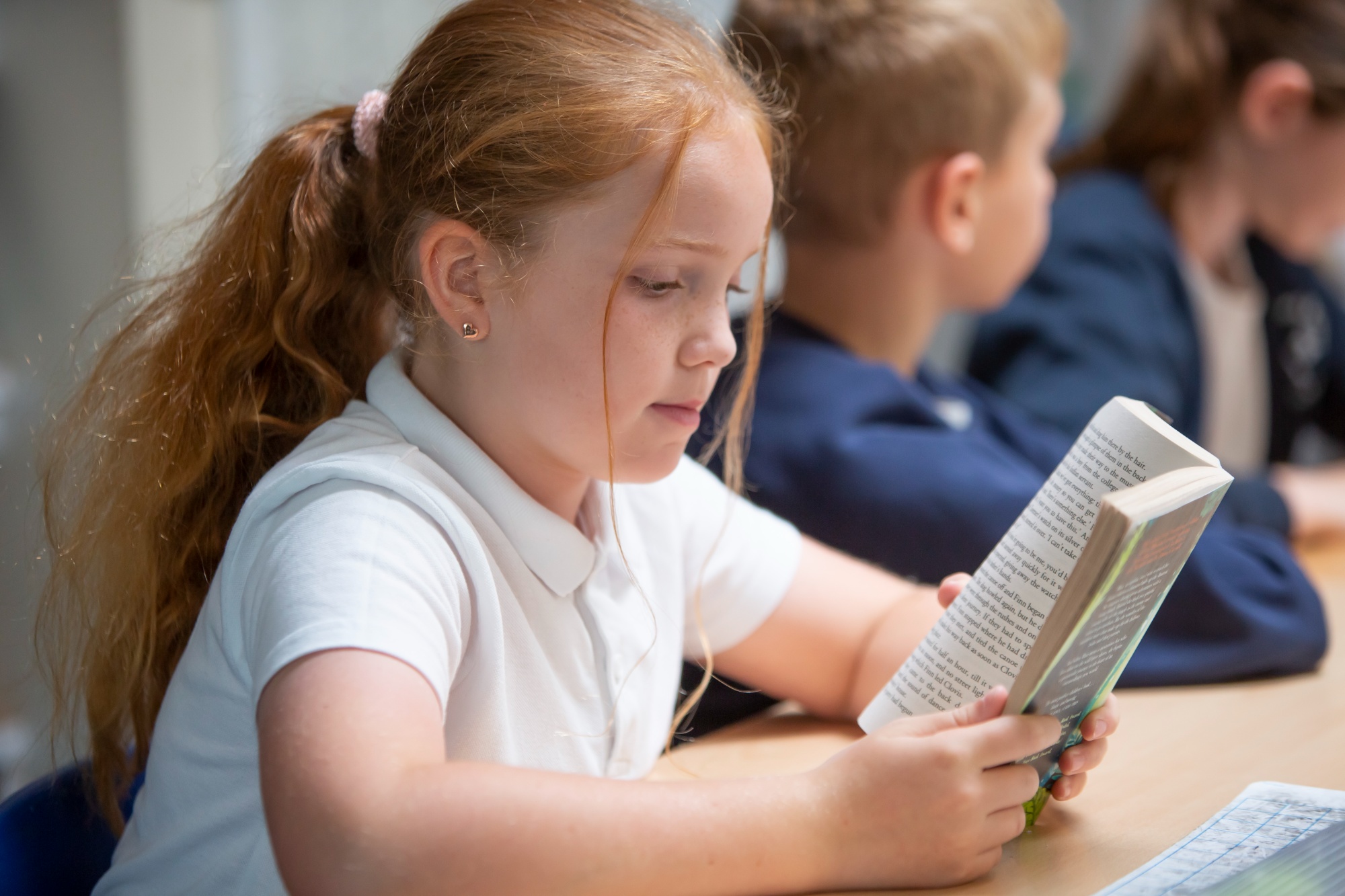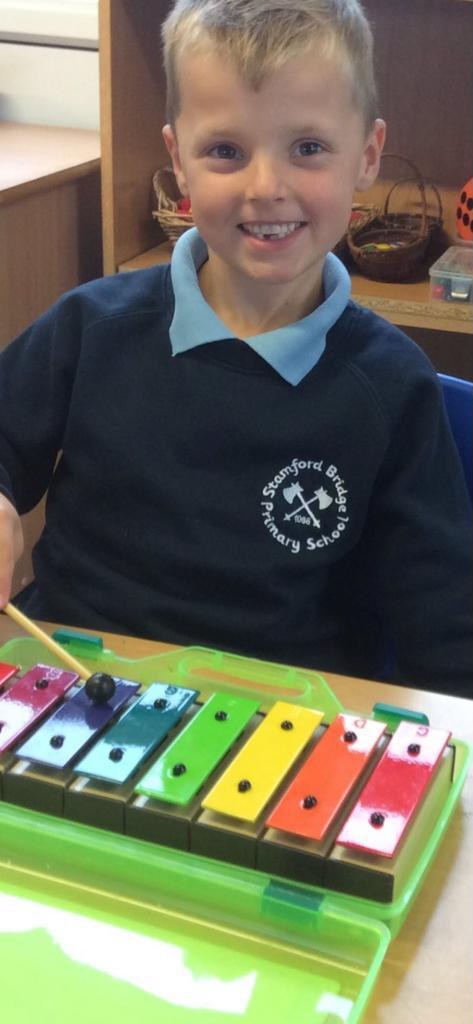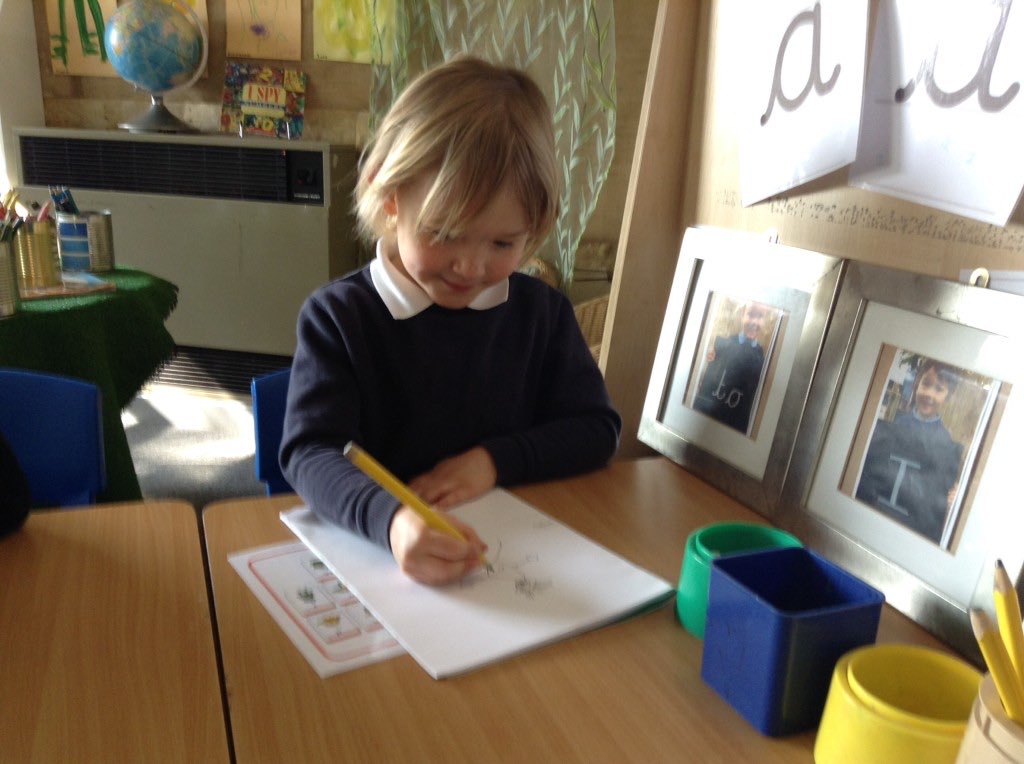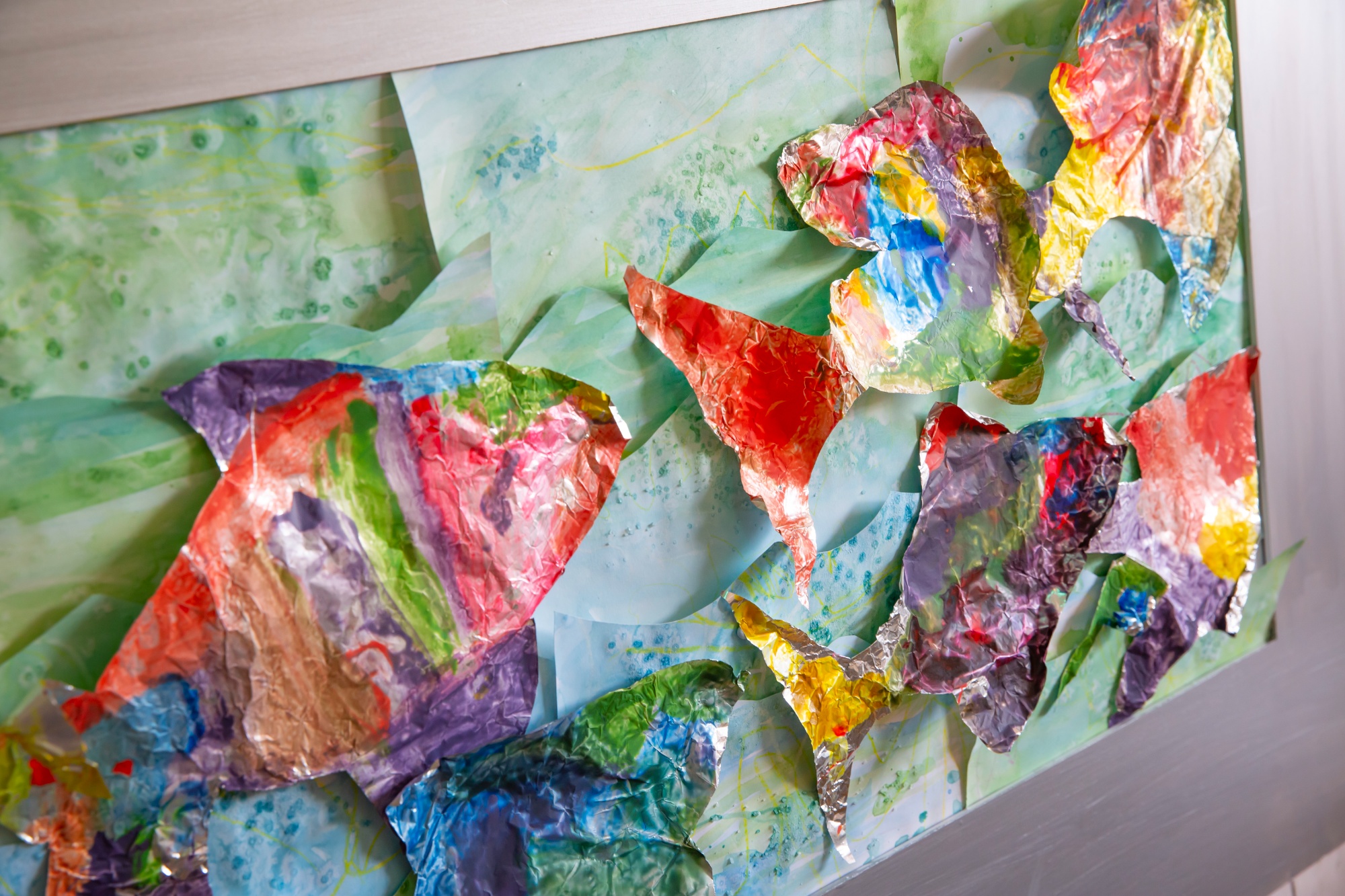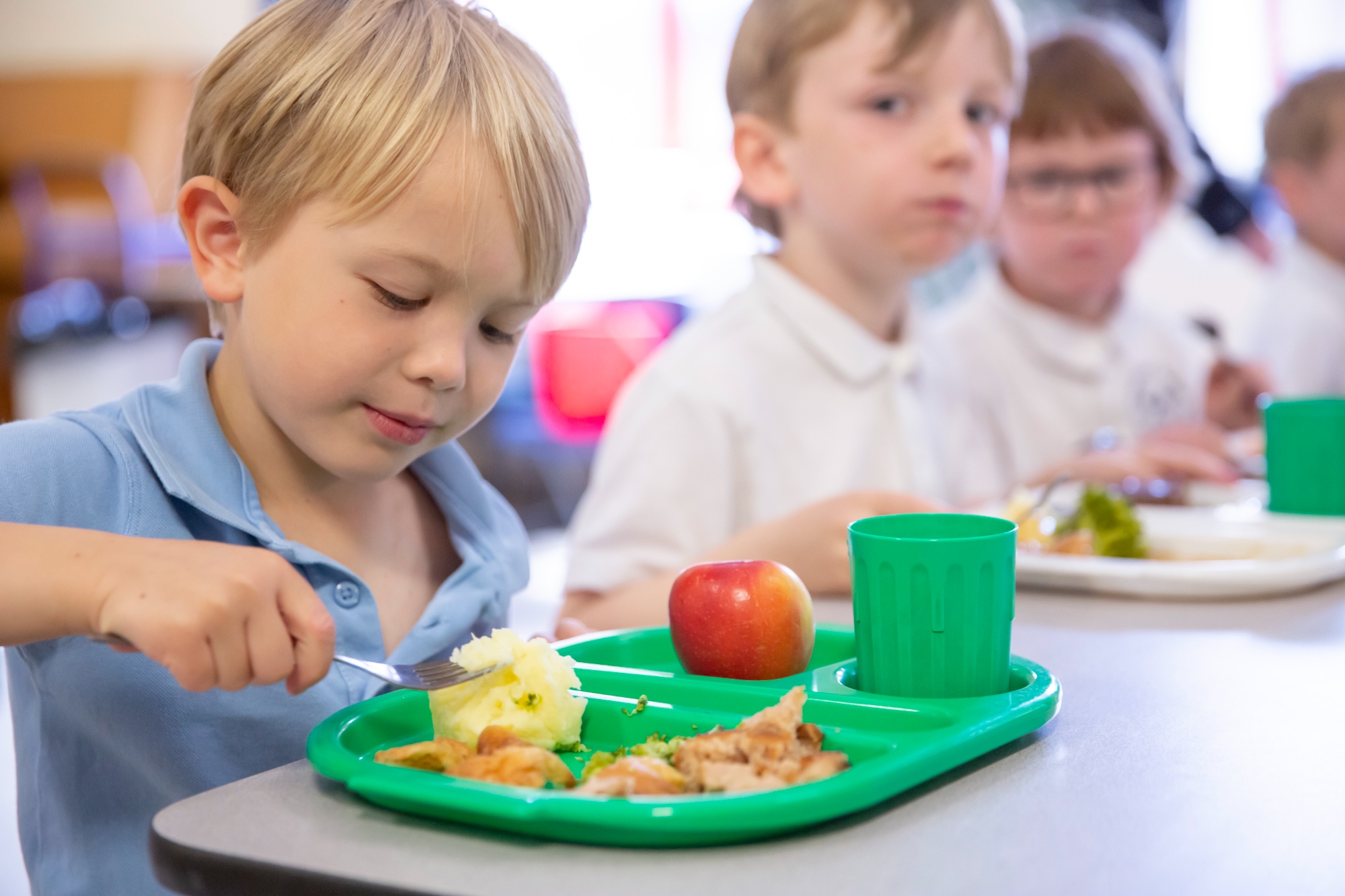Science
“A good scientist is a person in whom the childhood quality of perennial curiosity lingers on. Once he gets an answer, he has other questions."
- Frederick Seitz
Science Subject Leader: Mrs C Gubbins
Our vision:
Part of our core discipline, Science offers an endless world of discovery to develop our understanding of the matter, forces, and life around us. It invites children to innovate and explore the beauty of nature and understand our own technological advancements as society.
Throughout their time at Wonder Schools, children will become investigative, inquisitive, and rational as they build a body of knowledge but also learn how that same knowledge can be proven and how discoveries are made, tested, and refined.
|
INVESTIGATIVE |
Science is a process as much as it is a body of knowledgeand to learn about the world around, scientists undertake processes and practices to test their theories and observe the world. These include gathering data and evidence, using apparatus, applying laws and formula, and pattern seeking. They will also learn – through graphs, diagrams, and a focus on literacy, how scientists communicate their findings clearly and logically.
|
|
INQUISITIVE |
Science is a fascinating subject and we want children to be curious and inquisitive in their studies. We want them to be able to make meaningful connections between the things that they learn – to see how parts of knowledge join together. In doing so they will make connections between the science they learn in school and the things they observe in the wider world. The thrill in discovering these connections will create an appetite for them to want to learn more. |
|
ETHICAL |
Children will learn how we know what we know to better appreciate the value of that knowledge. That means that in addition to learning facts but they also learn the importance, reliability, and power of science. They will appreciate that scientific theories are more than just ‘guesses’ but also that scientific knowledge is not ‘complete’ but is always expanding.
We hope this will inspire young scientists to see their role in the future in expanding that knowledge, but fundamentally, this respect for scientific process will help all children to identify against false information and opinions and to become responsible, and ethical adults. |
Our curriculum
Key Stage 1:
During Cycle A, children start the autumn term with a focus on core knowledge of everyday materials and learn about the physical properties of things around them with a focus on man-made and natural elements. They will connecting this knowledge to a design and technology project running parallel to this that allows them to make a model shelter. Prior to Christmas they will then begin a project focused on the human senses that allows them to explore parts of the body related to touch, taste, sight, sound, and smell.
In the spring, a project based on seasonal changes introduces them to the broader concept of seasonal variations, encompassing weather, living organisms, and day length. Some of these concepts are revisited in the following summer term with a detailed study of plant anatomy.
The year ends with a focus on animal anatomy, which draws upon their understanding of animal anatomy and senses from earlier in the year, emphasizing commonalities.
In Cycle B children begin with a project on human survival, exploring the fundamental requirements for human survival, before expanding their scope to study animals within their respective habitats.
In the spring they begin a project that explores the core knowledge of everyday materials but this time focusing on transformation through physical manipulations, such as bending and twisting – as well as exploring recycling. The spring's "Plant Survival" project investigates the survival needs of plants, while a project in the final term ties together their learning from the autumn term, focusing on the essentials for animal survival.
Lower Key Stage 2:
Cycle A shifts children’s focus to specific body systems and nutrition. They start by exploring the skeletal and muscular systems. This learning extends to other animals, allowing children to identify similarities and differences. Simultaneously, they will learn about healthy diets alongside the autumn term design and technology project.
In the spring term, properties of materials are revisited through a study of forces and magnets. Children identify magnetic materials and grasp the concept of non-contact magnetism. They also start understanding contact forces by investigating how objects move across surfaces. The realm of rocks and soils is explored through the geography project, which explores volcanoes.
The summer begins by identifying plant parts involved in reproduction and water transport before moving onto the subject of light. This includes the exploration of shadows and reflections, revisiting language learned in Key Stage 1, including terms like opaque and transparent.
Cycle B also develops on learning from Key Stage 2. It begins with the digestive system, making comparisons between humans and animals. The second autumn term project focuses on the concept of sound production and propagation. Children identify how sounds are generated and travel, acquiring new vocabulary like pitch and volume. In the spring term project on states of matter, children learn about solids, liquids, and gases, exploring their characteristics and how temperature influences changes of state. This knowledge is connected to the geography project, which delves into the water cycle.
Spring ends with a project on grouping and classifying. This recognizes the previous opportunities for grouping and sorting living things as 'classification,' introducing classification keys. Finally, in the summer term, children study electricity, creating and recording simple circuits. They further build on their understanding of material properties, identifying electrical conductors and insulators.
Upper Key Stage 2:
In Cycle A, children build an understanding of how gravity supports the Earth and space in our autumn term project, where they gain insights into the forces shaping planets and our solar system. They also deepen their understanding of day and night, initially explored in Key Stage 1’s seasons project. Having learned about animal and plant reproduction in earlier projects, they will then move on to focus on the human life cycle and sexual reproduction in the spring term's project. Finally, in the summer term, children revisit their prior learning about material properties and acquire new knowledge about thermal conductivity and solubility. They transition from reversible changes like melting and freezing to irreversible changes, including chemical transformations.
In Cycle B, the circulatory system becomes our focus, with its role in transporting water, nutrients, and gases. Then, in spring, a geography project on polar regions is linked to science learning about classification. In the same term, children build on their knowledge of electrical circuits, now learning and recording standard symbols for circuit components and investigating component functions and voltage effects.
In the summer project on light theory, children grasp the concept that light travels in straight lines from a source or reflector to the eye and explain shadow formation. Finally, in a project on evolution and inheritance, children learn about inheritance and understand why offspring differ from their parents. They also explore natural selection and how it can lead to the evolution of a species.
Our teaching:
To accomplish these aims, children learn scientific knowledge and scientific methods in growing complexity through their time at Wonder Schools. Along the way they learn these aspects of the curriculum through development of facts and processes.
Science as a process (disciplinary knowledge):
At Wonder Schools, practical work instead aims to teach children the processes and information that underpin the way scientists work so that they understand how scientific breakthroughs are made. Consequently, ensuring children are confident at working with and creating graphs, validating experimental data or using apparatus is important to helping them to fully become alive to the subject. As a result, teaching of practical skills and knowledge work is carefully matched to the content children are learning so that the right methods are matched to the correct aspect of science.
This includes knowledge of methods that scientists use. These include:
- testing, models, chemical synthesis, classification, description and the identification of correlations (pattern-seeking).
- data analysis, including how to process and present scientific data in a variety of ways to explore relationships and communicate results to others.
- Apparatus, techniques, and measurement. This covers how to carry out specific procedures and protocols safely and with proficiency in the laboratory and field. Children will learn that all measurement involves some error and scientists put steps in place to reduce this.
- Use of evidence. This covers how evidence is used, alongside knowledge, to draw careful but valid conclusions. It includes the distinction between correlation and causation.
Science as knowledge (substantive knowledge):
As children progress through the science curriculum they will cover a broad range of topics specific to each area of science and will appreciate their differences. These particular differences will be reflected in the practical and process learning above:
- Biology helps children to understand living organisms and life. It must take account of complex systems involving interactions between genes, the environment and random chance.
- Physics, in contrast, typically assumes things will behave identically and so it relies of measurable quantities and laws. It explores forces and energy that surround us.
- Chemistry differs again in that it draws heavily on the use of models and modelling to explain the behaviour of matter to explore the substances and matter around us.
However, our colleagues aim to help pupils also see the way these areas interact with each other to help them build a meaningful understanding. This is done by organising knowledge according to major scientific principles, such as conservation of energy. Pupils will then use these principles to solve problems.
Our teachers aim to deliver the subject in a way that revisits and builds on prior learning to develop an extensive and connected knowledge base. When pupils learn new knowledge, it should become integrated with the knowledge they already have. This ensures that learning is meaningful.
At Wonder, this is done by organising knowledge around the most important scientific concepts, which predict and explain the largest number of phenomena. Our curriculum therefore identifies the most important concepts and connects these across lower and middle school before developing them at upper school and beyond. These are outlined in our curriculum section.
Practical work
- At Wonder Schools the curriculum is sequenced so that pupils have the necessary knowledge to carry out practical work successfully and learn from it. Practical work is incorporated into the sequence of the learning so it is not simply a demonstration of a principle but a consolidation of their learning and an activity that helps them to show they understand the scientific method.
- The practical work – and the way that it is built into the curriculum – is linked to the various disciplines of Physics, Biology, and Chemistry so that it acknowledges the different methods, as well as overlap, between these disciplines.
- Pupils will, over time, encounter the full range of objects and phenomena they are studying through both laboratory and practical work to take them beyond their everyday experiences to develop a sense of wonder and curiosity about the world.
How can I help support my child’s learning?
- Visit The Deep: The Deep in Hull is a fantastic aquarium with a focus on marine biology and conservation. It offers interactive exhibits and a chance to learn about underwater ecosystems.
- Yorkshire Wildlife Park: This park in Doncaster provides opportunities to explore wildlife and habitats, helping children appreciate biology and ecology.
- Science and Media Museum (Bradford): Explore the world of technology, film, and photography, and participate in interactive exhibits and workshops.
- Yorkshire Museum (York): This museum has a dedicated section on archaeology, geology, and natural history, which can spark curiosity in Earth sciences.
- Stargazing: Yorkshire's rural areas provide excellent opportunities for stargazing. Get a telescope and explore the night sky with your child.
- Magna Science Adventure Centre (Rotherham): A hands-on science center with interactive exhibits, including a water-themed section that explores hydraulics.
- Steam Railway Museums: Yorkshire has several steam railway museums where kids can learn about the science behind steam engines and railways.
- Botanical Gardens: Explore botanical gardens like Harlow Carr in Harrogate to learn about plant biology and ecosystems.
- Zoos and Animal Sanctuaries: Yorkshire has several zoos and animal sanctuaries where children can learn about animal behavior, biology, and conservation efforts.
- Botany Walks: Take nature walks and teach your child about different plants and trees, their characteristics, and how they contribute to the environment.
You can always support with the following books to encourage your child to explore science.
- "The Usborne Big Book of Science Things to Make and Do" by Rebecca Gilpin and Leonie Pratt - This book is full of fun and easy science experiments and activities that kids can do at home.
- "Horrible Science" series by Nick Arnold - These humorous books cover a wide range of scientific topics and are filled with facts, jokes, and wacky illustrations.
- "DK Eyewitness Books: Electricity" by Steve Parker - A visually engaging book that introduces children to the world of electricity with stunning photographs and informative content.
- "The Everything Kids' Science Experiments Book" by Tom Robinson - Packed with hands-on experiments and explanations, this book encourages young scientists to explore various scientific concepts.
- "Ada Twist, Scientist" by Andrea Beaty - Follow the adventures of Ada Twist, a young girl with a passion for science, in this beautifully illustrated picture book.
- "The Magic School Bus" series by Joanna Cole and Bruce Degen - Join Ms. Frizzle and her class on magical science adventures that teach scientific concepts in an engaging way.
- "George's Secret Key to the Universe" by Lucy and Stephen Hawking - A fictional story that introduces young readers to the wonders of the universe and physics.
- "The Big Book of Stars and Planets" by Emily Bone - A beginner's guide to astronomy that explores the solar system and beyond with colorful illustrations.
- "Science You Can Eat: 20 Activities that Put Food Under the Microscope" by Stefan Gates - This book combines science and food, offering exciting experiments and explanations related to cooking and eating.
- "100 Science Experiments" by Georgina Andrews and Kate Knighton - A book full of simple, hands-on experiments that help kids learn about various scientific principles.
- "First Encyclopedia of Seas and Oceans" by Ben Denne - This informative book introduces young readers to marine biology and the fascinating world of oceans.
- "Biology for Kids: Science Experiments and Activities Inspired by Nature" by Susan B. Katz - A collection of biology-related experiments and activities suitable for young scientists.
- "Big Ideas for Little Philosophers: Truth with Socrates" by Duane Armitage - While not strictly a science book, it introduces philosophical concepts in a simple and engaging way, promoting critical thinking.
